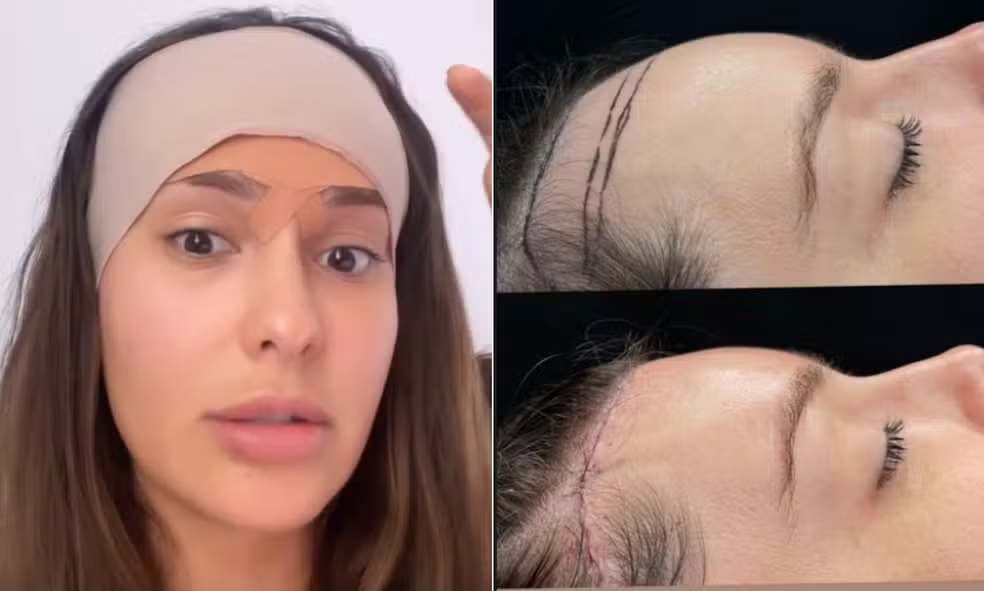Safety in Plastic Surgery: The Role of Surgical Time
When it comes to cosmetic plastic surgery, one of the most important factors for achieving safe and satisfactory results is surgical time. This may sound like a technical detail, but it’s essential for patients to make informed decisions and avoid unnecessary complications.
In this article, you’ll understand how surgical time affects the risk of complications, the limits recommended by the Brazilian Society of Plastic Surgery, and why certain combined procedures require extra caution.
Surgical time: why it matters so much
The longer a surgery lasts, the higher the risk of complications. This is because the body is exposed to risks such as prolonged anesthesia, fluid loss, and a greater chance of thrombosis or infection.
In elective cosmetic surgeries — which are not emergency procedures — safety must be the absolute priority. For this reason, there is a clear consensus about safe time limits.
Safe limits for surgical time
According to data from the Brazilian Society of Plastic Surgery (SBCP):
- Surgeries up to 4 hours: considered safe.
- Surgeries around 5 hours: caution is advised (“yellow light”).
- Surgeries beyond 6 hours: high risk (“red light”).
The recommendation is that cosmetic procedures should not exceed 6 hours. Staying within this limit helps reduce anesthetic, thrombotic, and infectious complications.
Average time of the most common procedures
Here’s the average duration of some of the most popular plastic surgeries:
- Breast surgery (augmentation or reduction): 2.5 to 3.5 hours.
- Abdominoplasty (tummy tuck): 2.5 to 3.5 hours.
- Liposuction of the back or flanks: around 2 hours.
These time frames make it possible to safely combine certain procedures.
When combining procedures is safe
For example, it’s usually safe to:
- Perform back liposuction together with an abdominoplasty.
- Perform a breast surgery combined with an abdominoplasty.
Even combined, these procedures typically remain within the safe time window.
Why “triple surgery” is a risk
The so-called “mame make cover” — combining extensive liposuction + abdominoplasty + breast surgery in one operation — is not recommended. The main reason is prolonged surgical time, which greatly increases the risk of serious complications, such as:
- Pulmonary thromboembolism;
- Infection;
- Wound dehiscence (stitches opening up);
- Slower and more painful recovery.
While some patients request to “do everything at once” for convenience, and some surgeons agree, this approach does not follow the best safety guidelines.
Why patients need to know this
Unfortunately, surgical time is often overlooked during preoperative consultations. But it is essential for risk assessment. Well-informed patients can ask their surgeons about:
- The estimated duration of the surgery;
- The team’s experience with combined procedures;
- The hospital structure available for emergencies.
Taking this proactive approach helps build a safer partnership between the patient and the medical team.
Conclusion: safety always comes first
In aesthetic plastic surgeries, surgical time is one of the main safety determinants. Procedures lasting up to 4 hours are considered safe; beyond 6 hours, risks rise significantly.
Combining procedures can be safe when the total time does not exceed recommended limits. But the “triple surgery” — extensive liposuction, abdominoplasty, and breast surgery at the same time — should be avoided.
Safety should always come before convenience. By staying informed and discussing these aspects with your surgeon, you actively contribute to a smoother, safer, and more satisfying outcome.






